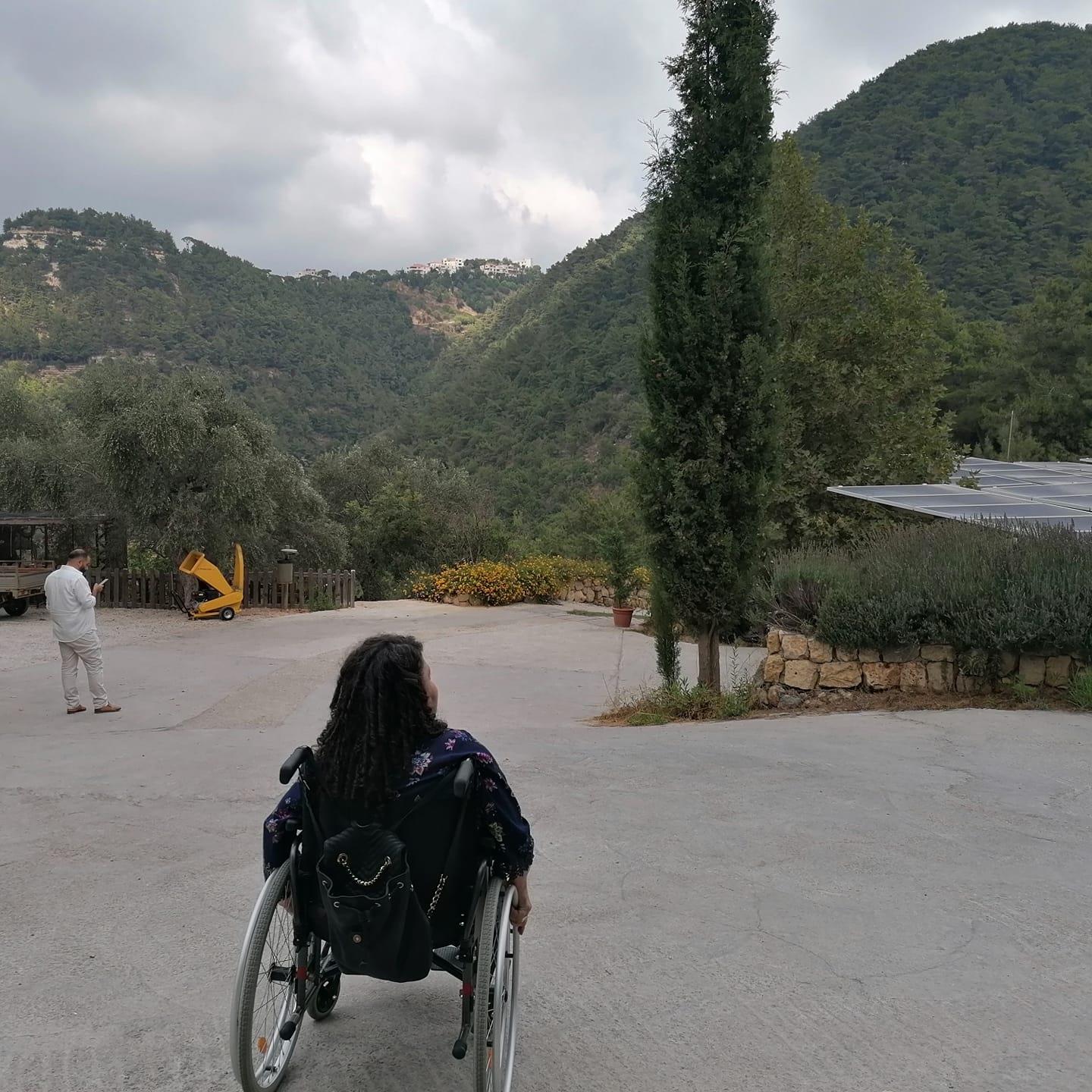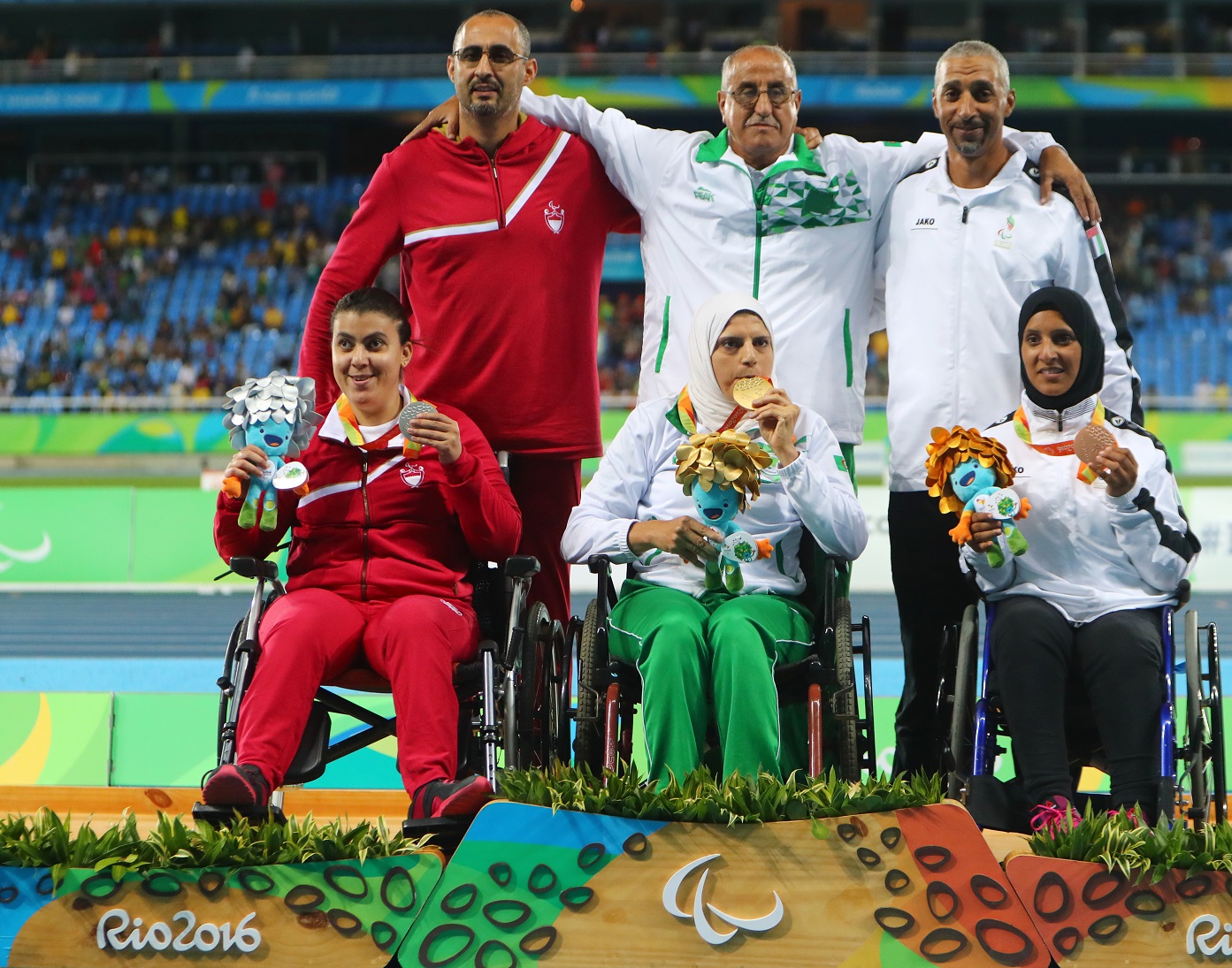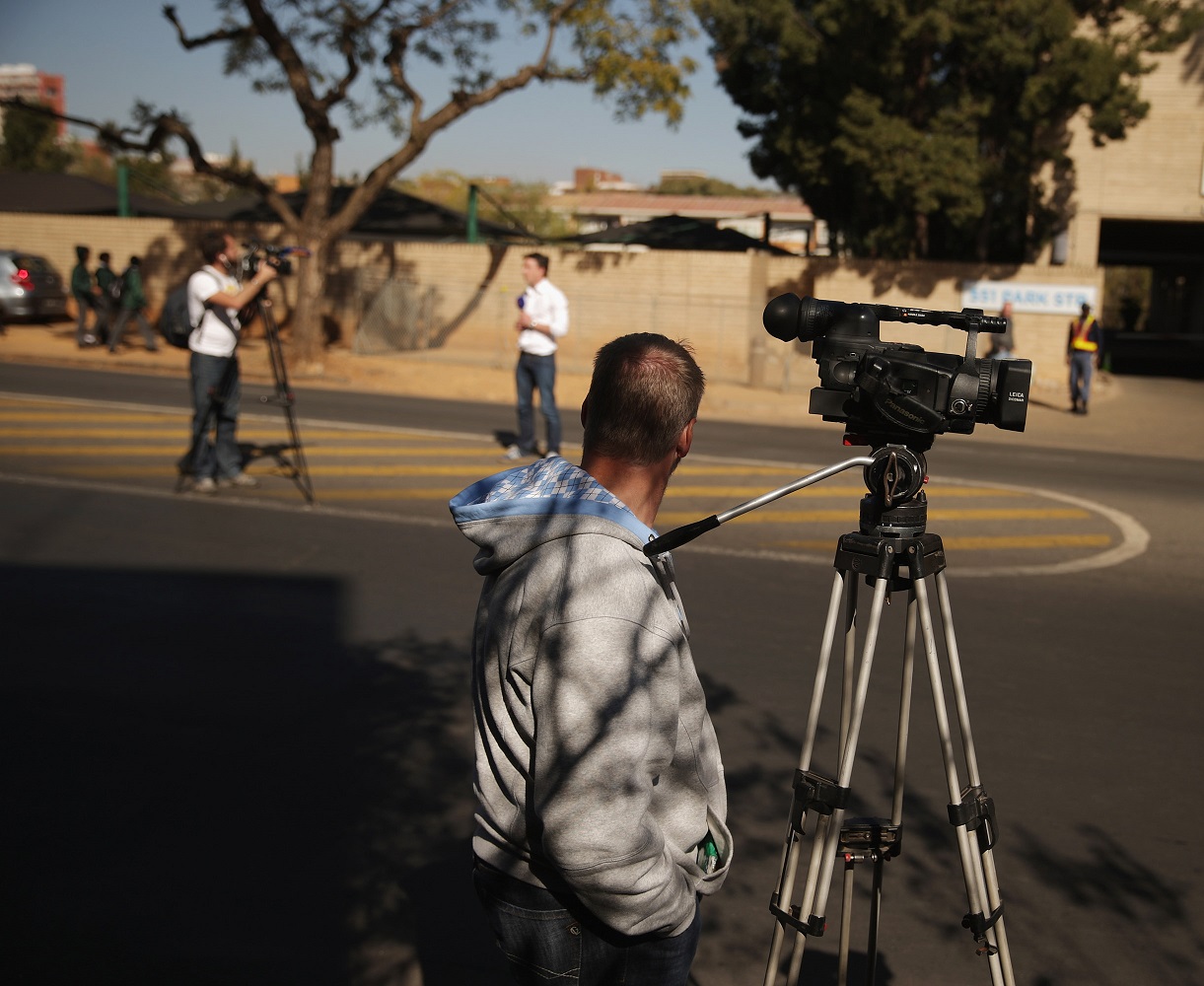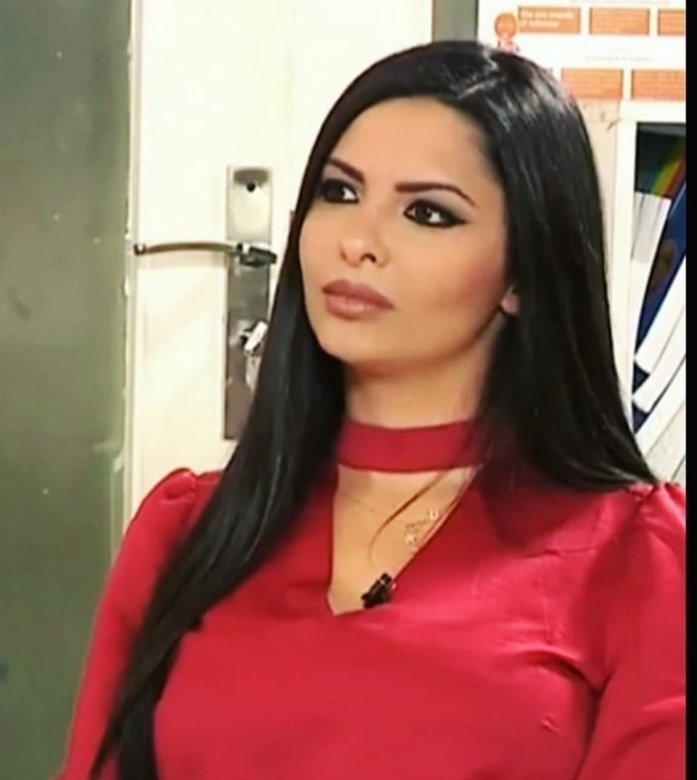بعد أحداث عالمية أثيرت من جديد قضية الأعراق والأقليّات مدفوعة بحراك على وسائل التواصل الاجتماعي، خاصة بعد مقتل الأمريكي من أصل أفريقي جورج فلويد على يد الشرطة الأمريكية. أفضت هذه الحادثة إلى ازدياد وعي مؤسسات الإعلام بالأهمية الاستراتيجيّة لتمثيل الفئات المضطهدة ضمن خطابها الإعلاميّ حرصاً على ضمان التنوع. وبذلك، فتحت غرف التحرير الأمريكية وحتى العالمية أبوابها لتوظيف طواقم عمل أكثر تنوعا من الناحية العرقية.
وبالرغم من هذا التطور الحاصل في توسيع شريحة التمثيل الإعلامي، إلا أن فئة أساسية ظلت حتى اليوم مهمشة إعلاميا؛ إني أتحدث هنا عن ذوي الاحتياجات الخاصة الذين لم تشملهم تغيرات سياسات التحرير، وظلت حتى اليوم غرف التحرير مفتقرة لصحفيين ومسؤولين ينتمون إلى هذه الفئة. وأمام هذا الغياب لفئة تشكل حوالي 15 بالمئة من سكان العالم، غاب صوتهم في مراكز صناعة القرار الإعلامي مما أفسح المجال لنحت صور نمطية عنهم.
الصور الإعلامية النمطية في العالم العربي
"الإعلام مدّعٍ"، هكذا تخبرنا سيلفانا لقيس رئيسة "الاتحاد اللبناني للأشخاص المعوقين حركيا" و"المنتدى العربي لحقوق الأشخاص ذوي الإعاقة" عند مراجعتها لشعارات ترفعها أغلب المؤسسات الإعلامية؛ مثل: "نحن صوت كل الناس". برأيها "هي شعارات مزيفة ما دام الإعلام لا يؤدي دوره الطبيعي في السعي لإيصال صوت كافة شرائح المجتمع للرأي العام؛ فما زال الإعلام العربي عامةً تنميطيا إلى حد بعيد، وإقصائيا فيما يتعلق بتغطية ذوي الاحتياجات الخاصة الذين يعدون بمثابة "أكبر أقلية" في العالم العربي". تقول سيلفانا، في السياق نفسه أيضا، بأن إشكالية الصحافة العربية في تعاملها مع هذه الفئة هي في إهمالها الخطاب "الحقوقي" الناقد للسياسات، واعتمادها على قصص وتقارير دراماتيكية تحبس ذوي الاحتياجات ضمن قالبين سائدين: "الضحية" و"البطل". تُعد صورة "الضحية التي لا حول لها ولا قوة" من أكثر الصور الإعلامية النمطية المروّج لها لذوي الاحتياجات الخاصة تحت شعار العمل الخيري؛ هكذا يظهر الفرد في نشرات الأخبار والبرامج في حالة استجداء لمساعدة الغير، لاستثارة عاطفة الشفقة لدى المشاهد، فتُكرَّس عنده صورة أن هذه الفئة مجرد مواطنين عاجزين اتكاليين ومعتمدين دائما على مساعدة الغير، لا على أنهم أشخاص متساوون مع غيرهم، يجب احترامهم ودمجهم في مختلف القطاعات.
وفي قالب آخر، يُقدَّم ذوو الاحتياجات الخاصة ببرامج وتقارير إعلاميّة تظهرهم "أبطالا" خارقين صنعوا المعجزات، وكأنهم فعلا بحاجة لصنع المعجزات حتى يتم قبولهم اجتماعيا! وفي كلتا الحالتين، ترى سيلفانا أن ثمة تكريسا لمنطق تقليدي "انفصالي" بحق ذوي الاحتياجات الخاصة يضعهم في خانة منفصلة عن سواهم من أفراد المجتمع، وكأنهم "جنس ثالث" من البشر، فيزيد من عزلتهم الاجتماعية بدلا من أن يسهم في إحقاق الدمج.
يضاف إلى ذلك عدم التزام الإعلام بتغطية منتظِمة وممنهجة لقضايا ذوي الاحتياجات، فتغيب هذه الفئة عن معظم التقارير والمواد الإعلامية، وتطل فقط بإطار "الإنسانيات" التنميطي، لا سيما خلال الأعياد والمناسبات الدينية.
التقصير الإعلامي
في إشارة إلى مدى تقصير الإعلام في تغطية حقوق ذوي الاحتياجات الخاصة، تشرح سيلفانا كيف أنه عندما تنجز وسائل الإعلام تقارير صحفية عن عودة الطلاب إلى المدارس، لا يلتفت المعدون إلى الطلاب من ذوي الاحتياجات الخاصة، ويفوتهم الإضاءة عليهم بصفتهم شريحة طلابية معنية بالموضوع. والشيء نفسه ينسحب على إعداد تقارير عن البطالة في الدول العربية؛ إذ يتجاهل الإعلام تناول معاناة هذه الفئة "المعطلة" عن العمل، لا سيما في أوضاع صعبة كالانهيار الاقتصادي الذي يمرّ به لبنان. فما بين جائحة كورونا والأزمات الاقتصادية، تصف سيلفانا ما يعانيه ذوو الاحتياجات الخاصة اليوم بـ "الموت البطيء" نتيجة تراكم العزل والتهميش في ظل غياب سياسات "الدمج" عن معظم الدول العربية، وغياب ذوي الاحتياجات الخاصة عن الأجندات الحكومية. بناء على ذلك، فإن غياب الإعلام عن نقل معاناتهم من زاوية حقوقية سيجعلهم أكثر هشاشة وعرضة للمخاطر.
تشير سيلفانا، في معرض حديثها عن انتهاك المعايير الأخلاقية بسبب غياب تمثيلية ذوي الاحتياجات الخاصة في غرف التحرير، إلى سوء تعامل الإعلام في كثير من الأحيان مع الخطابات السياسية التي تستخدم كلمة "إعاقة" أو "معاق" في معرض توصيف كل ما هو معطل أو في سياق أقرب إلى "الشتيمة". وعليه، يكثر استخدام مثل هذه المصطلحات في فترة الانتخابات، خاصة في خطب المرشحين. وفي ظل غياب المساءلة الإعلامية، فإن من شأن ذلك إحداث ضرر نفسي واجتماعي كبير عند فئة ذوي الاحتياجات الخاصة.

صور نمطية
في دراسة إعلامية أجراها الباحث كولن بارنز سنة 1992(1)، كشف عن أبرز الصور النمطية التي لطالما روّجت لها السينما والدراما عن ذوي الاحتياجات الخاصة بدافع تمييزي، وهي نفسها التي تروجها وسائل الإعلام، وهي على النحو التالي:
صورة "الشر المطلق" أوالخير المطلق".
صورة "المسكين المحتاج".
صورة الإنسان "اللاجنسي": أي تجريد ذوي الاحتياجات الخاصة من أي كينونة جنسية وتأطيرهم بصفتهم أفرادا "لا جنسيين" أو أفرادا انتهت حياتهم الجنسية بالكامل على عكس غيرهم من الناس.
صورة أصحاب الطاقات الخارقة: أي إظهار أن طاقة خارقة نبتت لدى شخصية من ذوي الاحتياجات الخاصة بصفتها نوعا من التعويض.
الصورة الأحاديّة المسطحة: حيث يُختزل دور ذوي الاحتياجات الخاصة بالإعاقة، وتصبح الإعاقة هي محور كل الأحداث والحوارات المتعلقة بالشخصية؛ فتبدو الشخصية أحادية ومسطحة وخالية من الأبعاد، وكأن لا أفكار وآراء ومشاعر لها خارج فلك الإعاقة.
صورة المهرج.

الصور النمطية والإعلام والأنظمة
قد تبدو مسألة التنميط الإعلامي عبثية ليس لها أبعاد سياسية، لكن في الواقع، توجد بين الصورة الإعلامية والمنظومة الحاكمة علاقة عضوية. الإنتاج الإعلامي والدرامي عادة ما يعكس ويكرس أيديولوجيات وتوجهات الأنظمة الحاكمة، لا سيما في تعاطيها مع الفئات المهمشة والمستضعفة اجتماعيا.
الأنظمة التي تتعاطى مع ذوي الاحتياجات الخاصة على أنهم يشكلون عبئا اقتصاديا إضافيا لا شريحة منتجة اقتصاديا واجتماعيا، يميل إعلامها الرسميّ والخاص إلى استبعادهم من التمثيل الإعلامي أو اختزالهم بصور نمطية تبريرا للسياسات الإقصائية تجاههم، والمكرَّسة في العقول والنصوص معا. باختصار، إن الاستبعاد أو الاختزال الإعلامي المتكرر في المشهدية يعني إقصاء سياسيا-اقتصاديا-اجتماعيا في الخلفية.
وفي بلادنا العربية، حيث تكثُر إصابات الحروب والأزمات، يصبح من الضروري بل من الواجب الأخلاقي إيلاء موضوع تمثيل ذوي الاحتياجات الخاصة في الإعلام أهمية خاصة.
مقترحات إعلاميّة لمواجهة التمييز
بناءً على كل ما سبق، كيف يمكن للمنتجين والصحفيين وصانعي المحتوى المساهمة في كسر الصور النمطية والمقاربة الإعلامية التمييزية بحق ذوي الاحتياجات الخاصة؟ هنا بعض المقترحات العملية:
- ضرورة وضع ميثاق إعلامي يرتكز على "شرعة حقوق الإنسان" وعلى "الاتفاقية الدولية لحقوق الأشخاص ذوي الإعاقة" وأن توقع عليه المؤسسات الإعلامية، وتكون مبادئ الميثاق هي المساواة بين كل الأشخاص على مستوى التوظيف الإعلامي والتغطية الإعلامية. برأي سيلفانا، إن هذه الخطوة من شأنها التأسيس لخطاب إعلامي حقوقي يستبدل إطار "الإنسانيات" التنميطي السائد بالـ "الحقوقيات".
- توظيف ذوي الاحتياجات الخاصة في المؤسسات الإعلامية، على الشاشة وخلفها. تؤكد سيلفانا أن الدول العربية ملتزمة بحجز وظائف لذوي الاحتياجات الخاصة في القطاعين العام والخاص بـ كوتا (حصة) نسبتها 3%. لكن لغاية اليوم لا نرى في المؤسسات الإعلامية في عالمنا العربي تطبيقا لذلك برغم وفرة أشخاص من هذه الفئة متخصصين بالإعلام على أنواعه. إنّ وجود ذوي الاحتياجات الخاصة ضمن فريق صناعة المحتوى الإعلامي من شأنه ضمان التمثيل الإعلامي للفئات المهمشة.
- إدخال العامل "الحركي" في تمثيل ذوي الاحتياجات الخاصة في الإعلام. مثلاً، على صعيد اللوغو، عمد المصممان Sara Hendren وBrian Glenney مؤخرا إلى إعادة تصميم لوغو الأشخاص المقعدين وتحويله من رسمة جامدة إلى رسمة نرى فيها الشخص المقعد في حالة حركية ونشاط. الأمر نفسه ينسحب على تمثيل ذوي الاحتياجات في البرامج التلفزيونية؛ فبناء مثلا على تجربة شخصيّة، عندما استضفتُ شابا كفيفا في مقابلة تلفزيونية، ووجدته شابا ساخرا يهوى النكات، اتفقنا أن يخبرنا مآخذه على الواقع التمييزي ضد ذوي الاحتياجات الخاصة في لبنان بأسلوب الـ "ستاند أب" كوميدي. وفعلا، كان الشاب أكثر إقبالا وعفوية بالتعبير، وكان الجمهور أكثر تفاعلا مع قضيته.
- تدريب العاملين بالقطاع الإعلامي على كيفية منهجة حقوق ذوي الاحتياجات الخاصة ضمن الخطاب والتغطية الإعلامية، بدءا من المصطلحات المستخدمة وأساليب التأطير، وصولا إلى كيفية التعامل مع هذه الفئة حتى خلف الكواليس عند تقديمهم مثلا لطلب توظيف في المؤسسات الإعلامية.
- تطوير أبحاث ودراسات أكاديمية لإدخال مادة "الإعلام الحقوقي" ضمن التخصص الإعلامي.
- تفادي إظهار ذوي الاحتياجات الخاصة بقالب "المحتاج واليائس" ووضعهم بجانب آخرين يؤطَّرون بقالب "المخلّص". ينصح بارنز بأهمية إظهار ذوي الاحتياجات الخاصة بقالب من "يمنح" الغير وليس فقط من "يأخذ" المساعدة منهم وفقا للصورة الإعلامية المهيمنة.
التواصل الإعلامي المباشر مع أفراد من ذوي الاحتياجات الخاصة بدلا من التواصل مع مؤسسات ريعية تقدم خدمات لهم.
تجنب طرح ذوي الاحتياجات الخاصة بأدوار تربط بين الإعاقة والشر أو الإعاقة والكوميديا أو الإعاقة واللاجنسانيّة.
تشجيع ذوي الاحتياجات الخاصة على فتح قنوات على اليوتيوب وإنتاج مواد إعلامية وفيديوهات عبر منصات مواقع التواصل الاجتماعي؛ لطرح قضاياهم وخلق فسحة تخصهم لا نجدها في الإعلام التقليدي. من الأمثلة الجيدة على ذلك فيلم In My Language لـ Amelia Baggs، وهو محتوى صنعته الشابة على اليوتيوب لتشارك المشاهدين تجربتها مع التوحد من منظارها الخاص قائلة: "لا أفهم لم علي أنا أن أتعلم لغتكم كأنها اللغة الوحيدة للتواصل، فيما أنتم لا تحاولون تعلم لغتي أيضا للتواصل معي؟".
إن مثل هذه التغييرات في الصورة الإعلامية، مع ضمان تمثيل أكبر لذوي الاحتياجات الخاصة في غرف التحرير، قادرة على تغيير العقلية المهيمنة في المجتمع، الأمر الذي سيؤدي إلى تغيير السياسات التمييزية السائدة تجاه ذوي الاحتياجات الخاصة.
مراجع:
- كولن بارنز (1992). الصور المعطلة والإعلام. المجلس البريطاني لمنظمات ذوي الإحتياجات الخاصة. رابط الدراسة:
http://www.media-diversity.org/en/index.php?option=com_content&view=article&id=601









































